Using Structured Illumination
This is Section 11.3 of the Imaging Resource Guide
Illumination is a critical component of any machine vision system, and can often be the difference between a good imaging system and a great one. Not only does the illumination position and wavelength need to be uniquely considered for each application, but certain systems require structured illumination to maximize system performance.
Structured illumination utilizes specific patterns of light to determine the geometric shape and depth of objects. An effective 3D system can be constructed by illuminating objects with different patterns, such as grids, dots, or lines, while minimizing cost, components, and complexity.
Since a well-calibrated system increases measurement accuracy, it is important to understand that structured illumination is not universal, and certain structures should be used to obtain certain measurements. For example, a dot grid pattern may suffice to inspect a few points on an object, but a line or multiple line pattern is required to measure an object’s three dimensional profile.
The table below demonstrates common structured illumination patterns and their ideal applications.
| Common Structured Illumination Patterns | ||
|---|---|---|
| Structured Illumination | Method of Determination | Purpose |
  |
Triangulation Based | Determining the dimensions of most objects while the object is scanned |
  |
Shadow and Triangulation Based | Determining the dimensions of refractive objects while the object is scanned |
  |
Distortion Based | Determining the depth information at multiple discrete points in a single exposure |













 Previous Section
Previous Section 














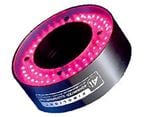







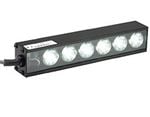




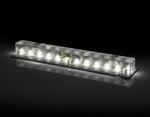











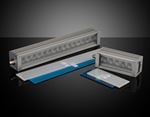






























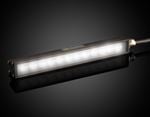
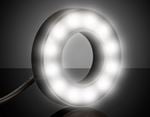


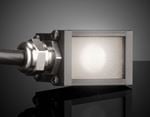







or view regional numbers
QUOTE TOOL
enter stock numbers to begin
Copyright 2023 | Edmund Optics, Ltd Unit 1, Opus Avenue, Nether Poppleton, York, YO26 6BL, UK
California Consumer Privacy Acts (CCPA): Do Not Sell or Share My Personal Information
California Transparency in Supply Chains Act